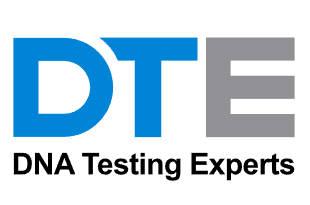DNA extraction and basic steps

What is DNA Extraction?
DNA extraction is the process of isolating and purifying DNA. It can be extracted from blood, frozen tissue samples, or paraffin tissue blocks. The three steps of DNA extraction are cell lysis, DNA separation, and precipitation. During cell lysis, barriers like cell membranes and nuclear membranes break, exposing DNA. Next is the removal of lipids from the sample. Finally, DNA precipitation involves removing DNA-associated proteins using protease and RNA using RNase.
Basic Steps in DNA Extraction
1.Cell lysis breaks cell membranes using cell lysis buffer.
2.Lipids are degraded by washing agents and surfactants.
3.Proteins are digested by adding protease.
4.RNA is digested by adding RNase.
5.Cell debris, digested proteins, lipids, and RNA are separated by adding concentrated salt and then centrifuging.
6.DNA is precipitated using cold ethanol or isopropanol ethanol. The addition of sodium acetate’s ion strength can improve precipitation. The precipitated DNA appears as strands in the final solution.
Phenol-chloroform extraction is another method to separate DNA from proteins. Here, phenol denatures proteins in the sample, leaving DNA in the aqueous phase at the end of extraction. Additionally, denatured proteins can be found in the organic phase. Another method for extracting DNA is microcolumn purification, where DNA’s binding to the column depends on the buffer’s pH and salt concentration.
Advertise on APSense
This advertising space is available.
Post Your Ad Here
Post Your Ad Here
Comments